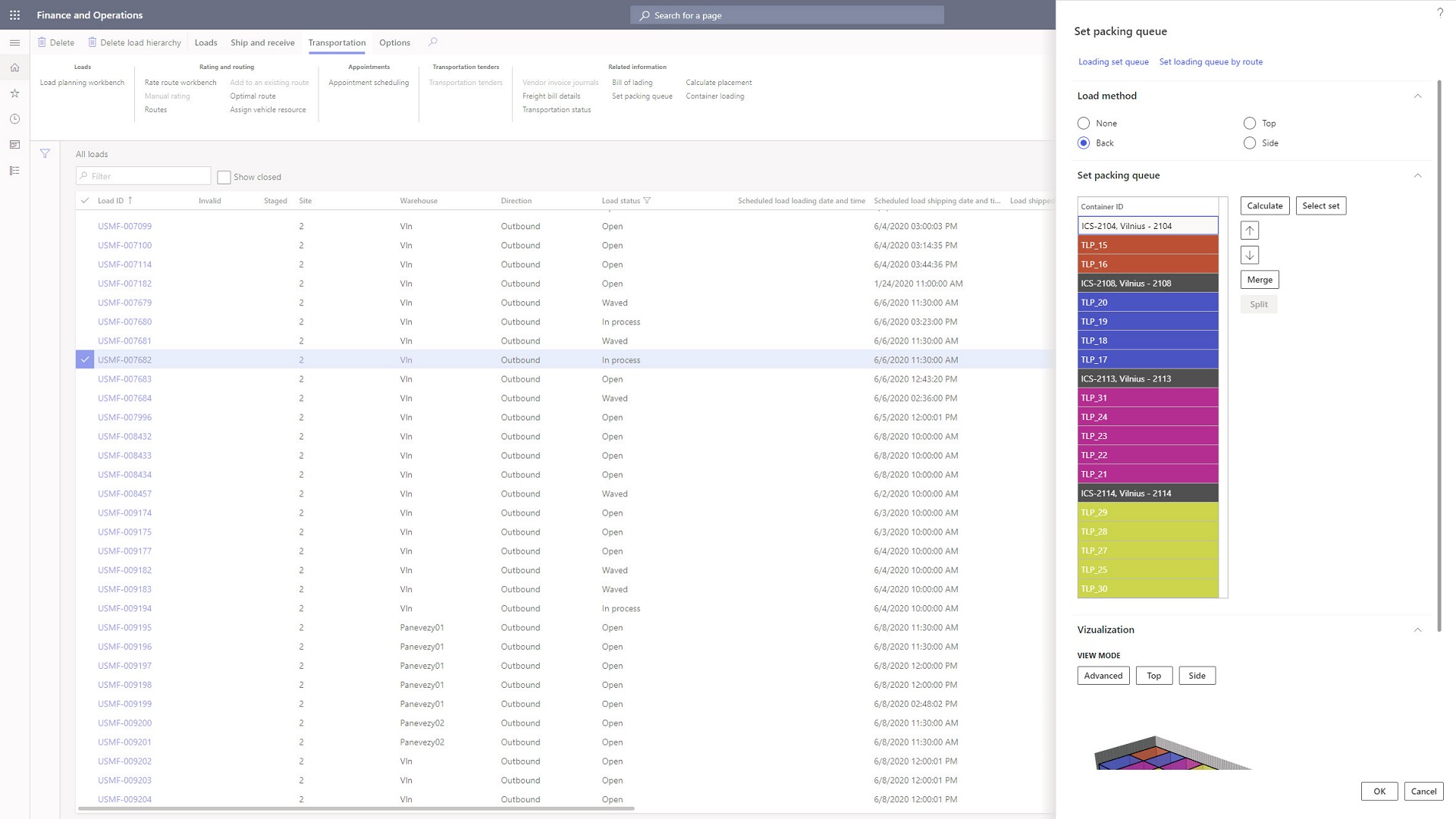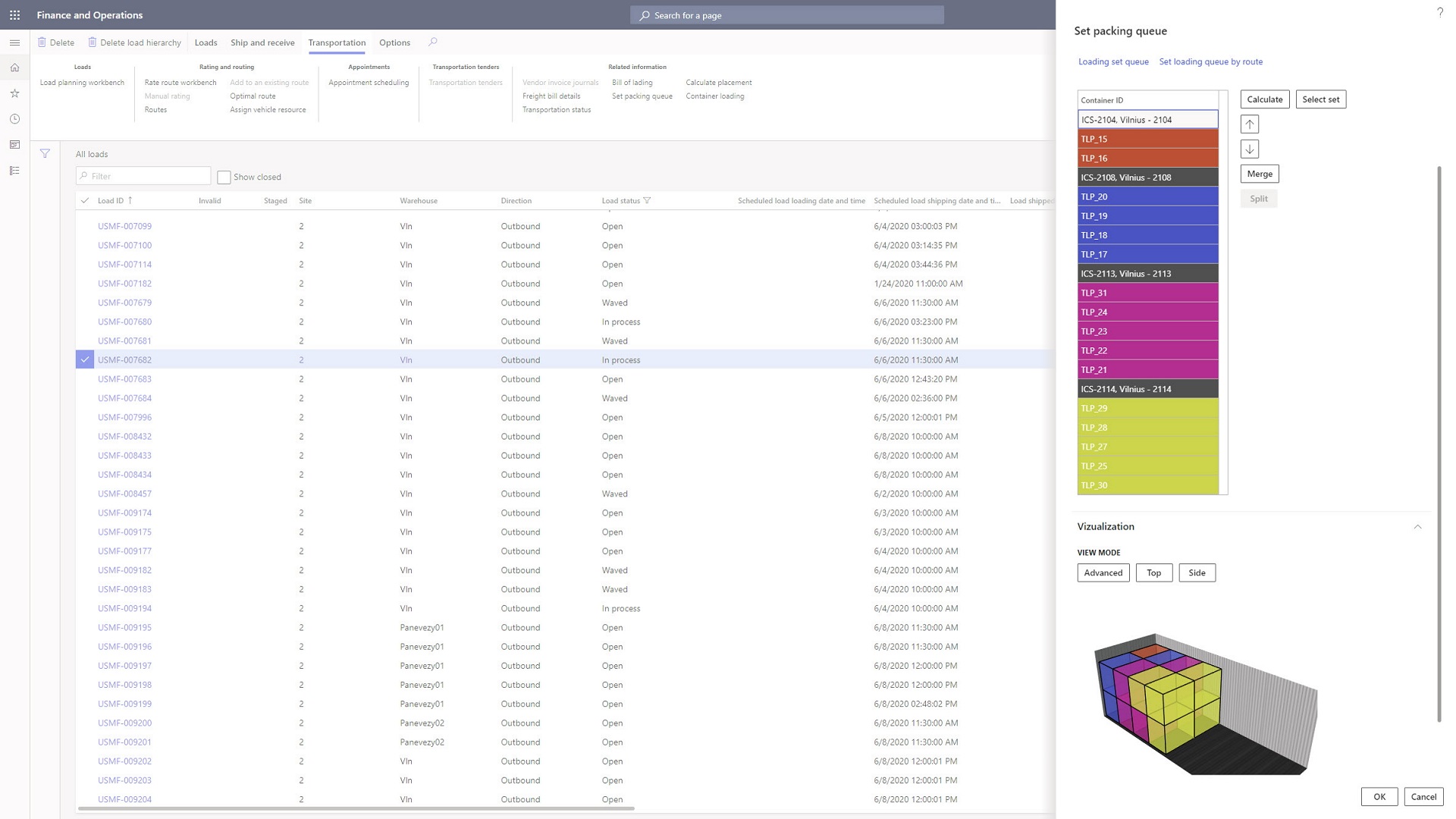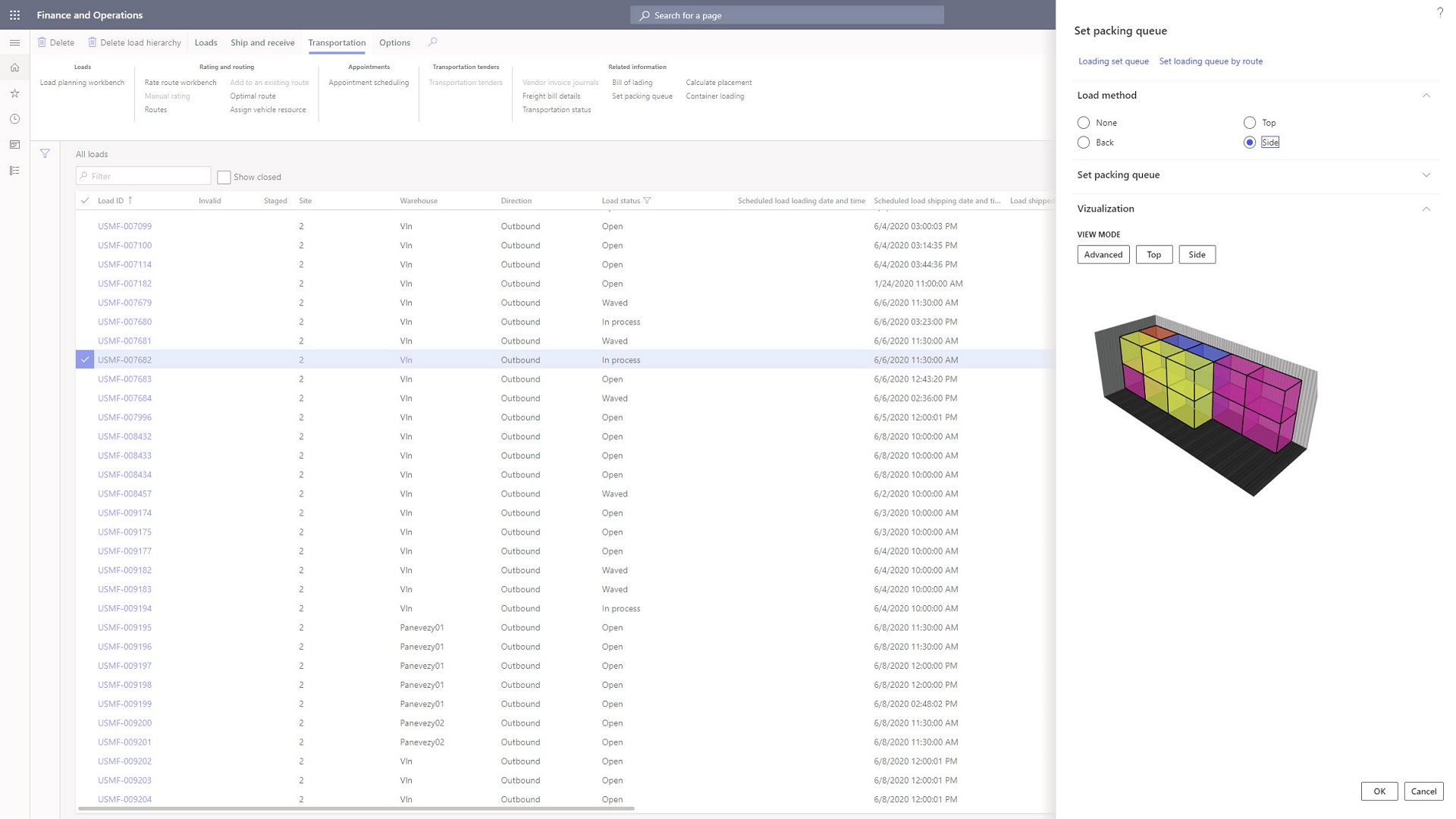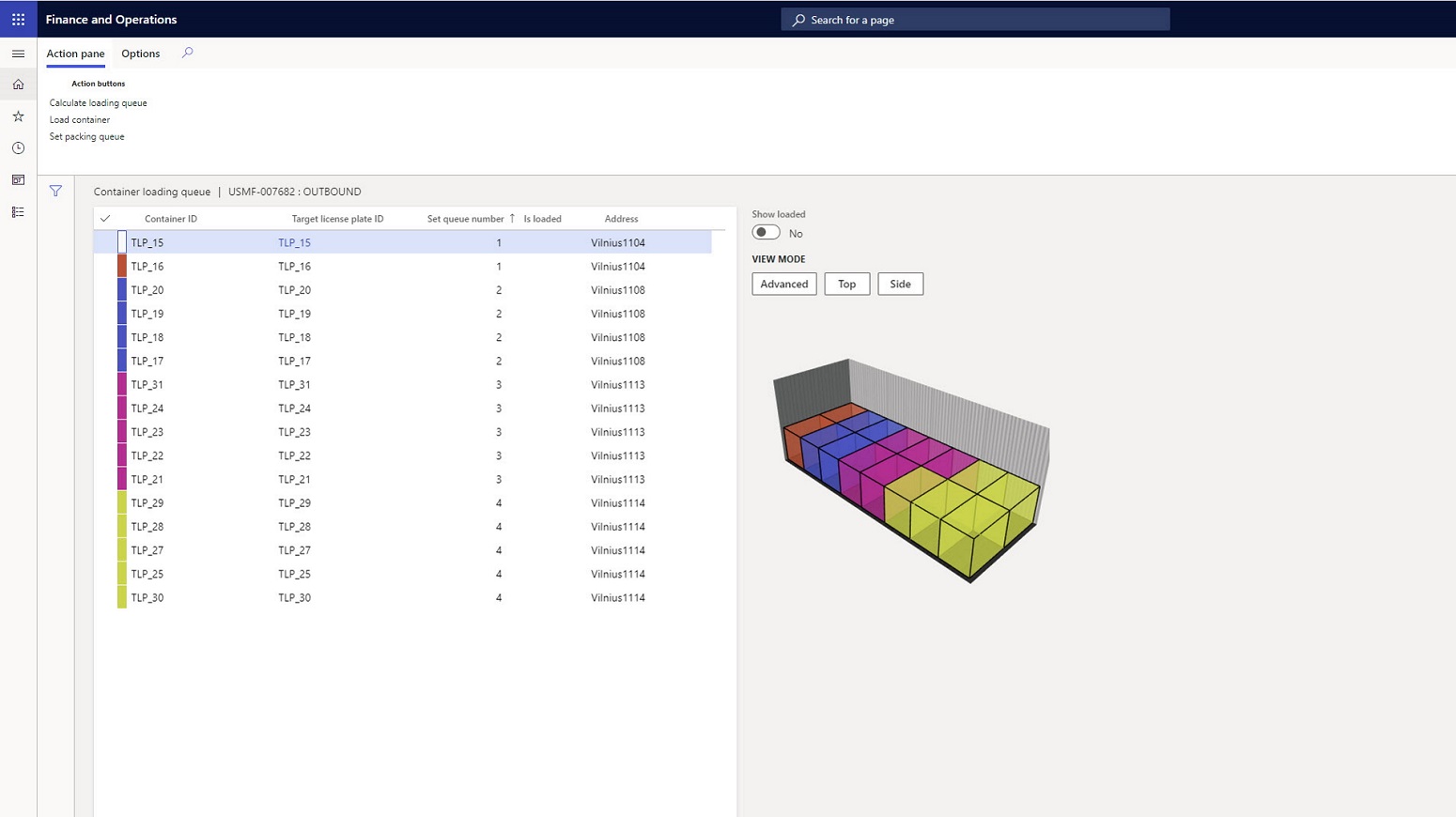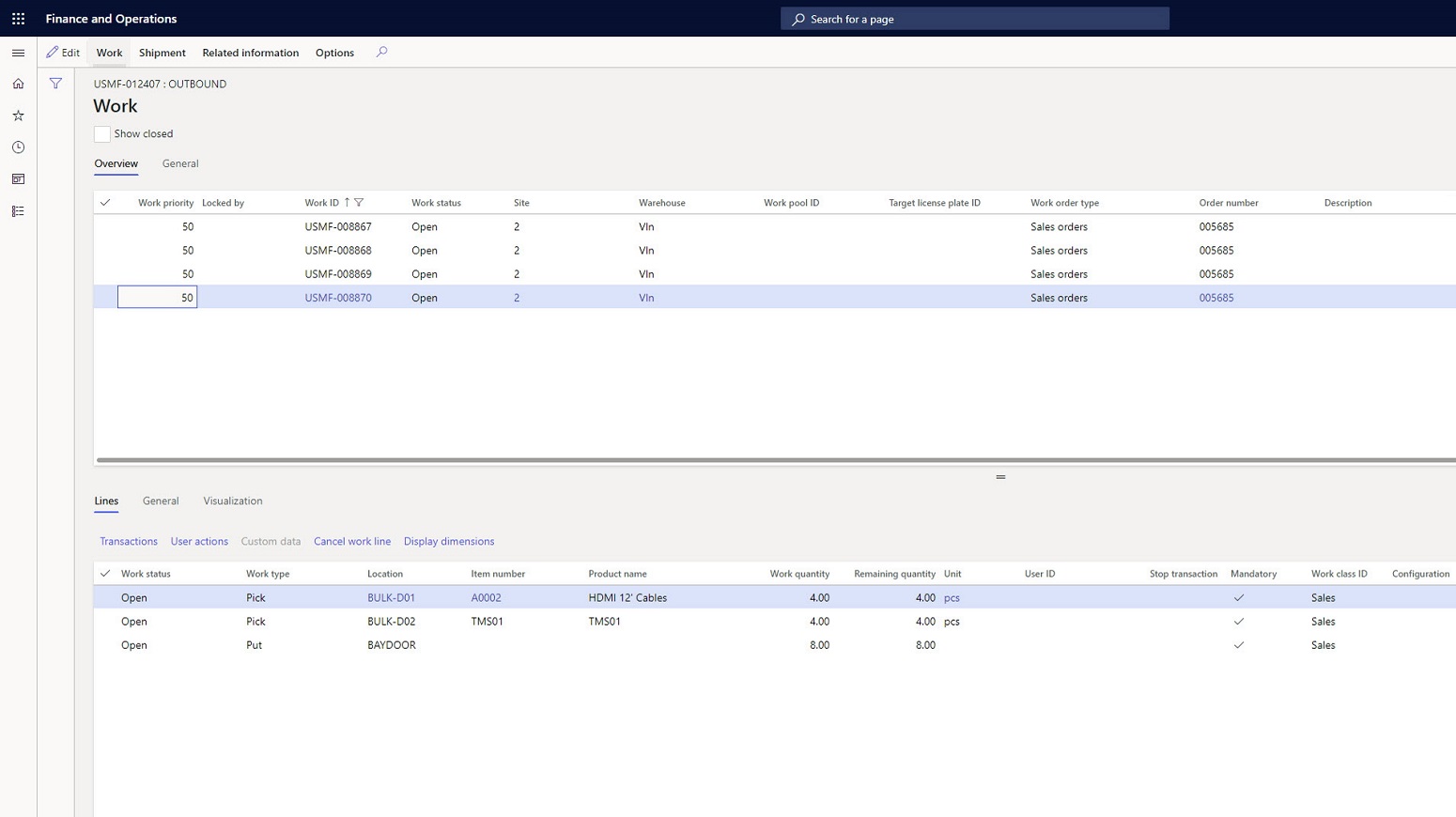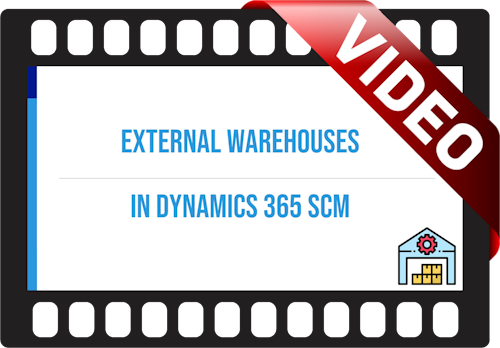[ICS] Warehouse Package
Now more than ever, organizations are counting on an efficient and capable supply chain to remain competitive and open for business. Our Warehouse Package helps companies optimize utilization of their transport vehicles in order to prevent the waste of resources, improve delivery performance and reduce transportation costs.
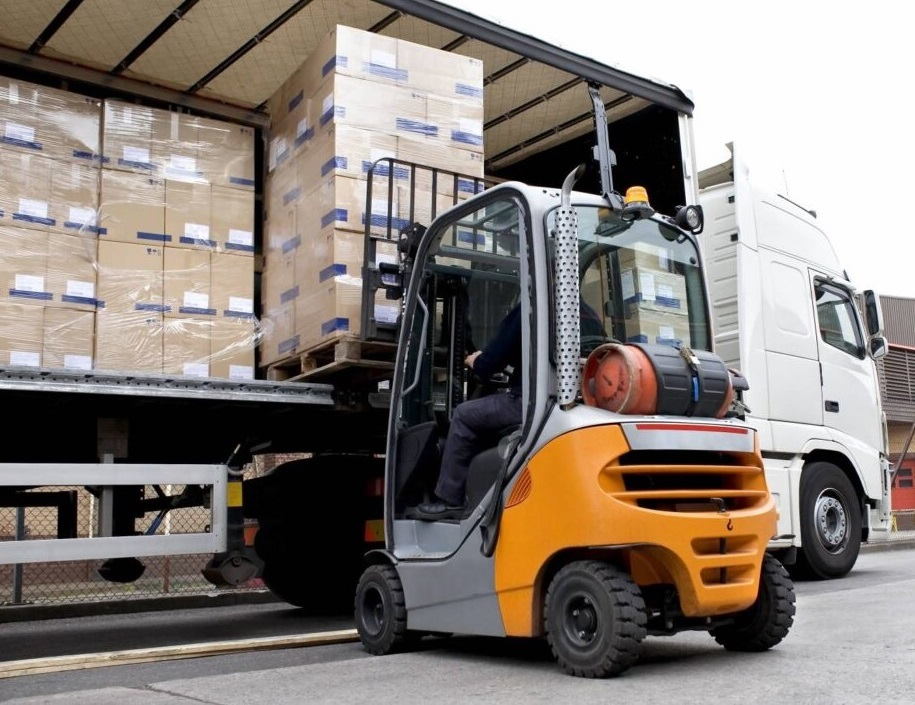
Successful warehouse management is vital for supply chain efficiency. If even one element of a supply chain is disrupted, companies will lose money, frustrate customers and threaten their reputation. In these realities, efficient use of ERP software to streamline warehouse operations can make a big difference to a business’s bottom line.
One of the elements of effective warehouse management is vehicle and warehouse utilization optimization. We built [ICS] Warehouse Package to facilitate this, combining intelligent mathematical algorithms with a user-friendly interface for ease of use and optimal results. This suite of warehouse management tools, which expand upon the standard functionality of Microsoft Dynamics AX 2012 R3 and D365FO, allows companies to apply the most efficient ways to load vehicles, handle inventory and plan warehouse operations. This, in turn, can help reduce shipping costs, ensure timeliness of deliveries, increase efficiency of warehouse space utilization and improve customer service.
This suite of unique industry solutions seamlessly integrates into the Microsoft Dynamics environment, so you can start using it as quickly as possible.
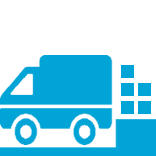 [Vehicle Loading Solution]
[Vehicle Loading Solution]
The Challenge
For many enterprises the task of loading a vehicle is an extremely important one. If the vehicle is underutilized, the company wastes resources and incurs additional costs. On the other hand, if when trying to optimally load vehicles,
their quantity is underestimated, then the company runs the risk of delaying the timeliness of shipping the customer’s order, which may harm the business' reputation.
The Solution
ICS solution solves the problem of loading a cargo vehicle with boxes/pallets in the most optimal way while meeting various restrictions that may exist (e.g. specific procedures for unloading customer orders, the distribution of cargo
in a vehicle, etc.). To achieve this, different “loading strategies” are created in the system using a combination of various mathematical methods for loading and a list of permissible loading restrictions, both of which are constantly
updated by the developer. The user can try several strategies and choose the most suitable one. We are also working on the functionality for 3D visualization of the vehicle loading sequence.
| Feature | Description |
|---|---|
Vehicles |
Maintain data about vehicles, their capacity (weight, volume and dimensions) and loading method (back, side, top) |
Loading queue |
The system will prepare the loading queue for the truck. The containers/pallets will be loaded in reverse order. It means that the last customer in the route will be loaded first. So, the driver will not need to unload some pallets to unload the necessary ones. The user can modify the queue as needed and the system will save this modified queue. |
Loading check |
A new type of work for the mobile version. The user will use this work for loading containers/pallets to the truck. The system will verify that the pallets are the correct ones and check the loading queue. So, the user will not be able to load the wrong pallets to the truck nor alter the loading queue. |
Axle load |
The system can calculate the axle load before the pallets are loaded. And the loading queue can be modified in the context of this information. |
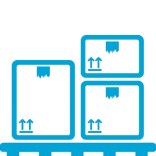 [Pallet Assembling Solution]
[Pallet Assembling Solution]
The Challenge
For a given customer order select goods from assembly cells and arrange them on pallets in such a way as to obtain the smallest number of pallets at the exit from the warehouse, thus reducing the cost of moving goods from the warehouse to the customer.
The Solution
Our solution takes into account the dimensions of client’s goods and proposes the most optimal way to palletize them, so that the largest number of goods can be fitted into the dimensions of a pallet. The algorithm for calculating the
optimal configuration can be activated to create works in Advanced Warehouse Management – when using the containerization functionality and without it. At the same time, the user can keep the standard mechanism for splitting works according
to volumes. As part of the solution, a 3D interface was developed that allows the user to visualize the assembling of pallets.
| Feature | Description |
|---|---|
Optimization of works for containers |
The system uses the physical dimensions of goods for the containerization process to reduce the number of containers for the same quantity of goods |
Optimization of works for pallets |
The system uses the physical dimensions of goods for the work creation process. If the containerization methods are not used, the system will try to reduce the number of works. |
Unit dimensions |
The system uses unit dimensions for optimization processes. So, if we have more than 1 unit of one item, the system will take its dimensions into account for optimization. |
Visualization |
Our features include a 3D model of the container/pallet. The user will be able to see a “plan” of the pallet before this pallet is picked. The model will be kept in the system after picking and the user can check on the pallet at any time. |
 [Warehouse Facilities Solution]
[Warehouse Facilities Solution]
The Challenge
The warehouse is a key element in the supply chain. As a business grows, the number of procedures for managing and executing warehouse operations also increases, making internal logistics operations far more complex. To compete successfully
in the marketplace, warehouse operations must be performed faster and more efficiently. Smart warehouse inventory management can increase the company’s profits and profitability.
The following features have been added to solve the problem of warehouse over-utilization and to optimize warehouse operations planning:
|
|---|
– Function for the automatic calculation of warehouse capacity. |
|
– Function for the automatic calculation of the current warehouse utilization. |
Key Features:
- Seamless work with WMS and MRP.
- Automatic calculation of current and planned warehouse utilization according to user-defined criteria.
- Automatic calculation of time for executing warehouse operations for subsequent calculation of planned warehouse utilization.
- Automatic calculation of the maximum allowable warehouse utilization.
- Creation of a schedule for planned warehouse utilization.
- Reduced time for calculations required to determine warehouse capacity and space utilization.
- Increased speed of executing warehouse operations.
- Reduced risks of exceeding the company's warehouse capacity.
- Real-time availability of accurate warehouse information.
- Increased efficiency of warehouse space utilization.
- Improved level of customer service.
* Please note that the above solutions are offered only as part of the whole Package and are not sold separately.
Book a demo with one of our consultants TODAY!
